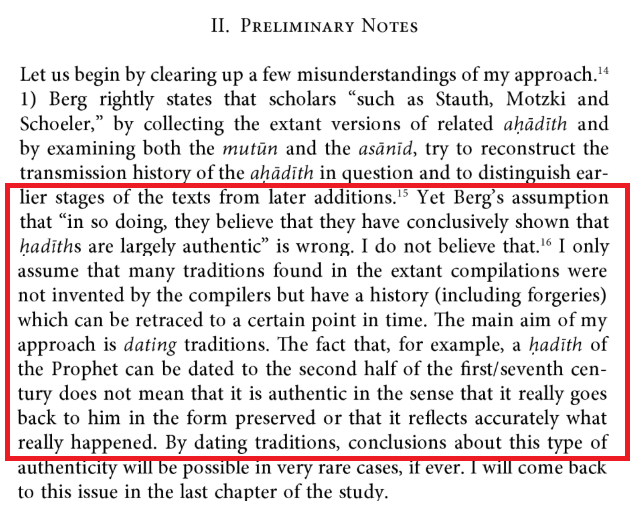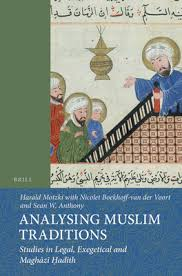The Umayyad governor al-Ḥajjāj b. Yūsuf al-Thaqafī infamously berated Ibn Masʿūd & his recension of the Qurʾan. He called Ibn Masʿūd’s reading “doggerel like the doggerel of Bedouin (rajazun min rajaz al-aʿrāb).” Such a statement from Ḥajjāj is more than an arcane curiosity...
bc Ḥajjāj played a role in standardizing the text of the Qurʾan under the caliph ʿAbd al-Malik. Ḥajjāj uttered these words in an oration. His full statement: "How astonishing is the slave from Hudhayl [=Ibn Masʿūd]! He claimed to recite a qurʾān from God, but I swear by God ... 

it is naught but the doggerel of Bedouin! By God, had I met the slave from Hudhayl, I would have struck off his head!” This is the version from Ibn Abī l-Dunyā's (d. 894) al-Ishrāf fī manāzil al-ashrāf.
archive.org/stream/waq3755…
archive.org/stream/waq3755…
In a version recorded by Ibn ʿAsākir, Ḥajjāj even declares, “I will extirpate [Ibn Masʿūd’s reading] from the Qurʾan (muṣḥaf) even if I have to use a pig’s rib!”
What consequences do such reported statements have for Ḥajjāj's standardization of the Qur'an?
What consequences do such reported statements have for Ḥajjāj's standardization of the Qur'an?

Tbh, scholars have yet to wed such literary reports with the wealth of material and codicological evidence at our fingertips. Ḥajjāj's "fingerprint" on this record has not been found. Ḥajjāj's statements, however, may help explain the suppression of Ibn Masʿūd's codex and ...
why so few "companion codicies" of the Qur'an seem to have survived. Did Ḥajjāj's efforts act as a "filter" of sorts? Al-Farrāʾ(d. 822) says that he found a qur'an-reading of Ibn Masʿūd from a muṣḥaf of al-Ḥārith ibn Suwayd, buried in the days of Ḥajjāj. 

• • •
Missing some Tweet in this thread? You can try to
force a refresh















